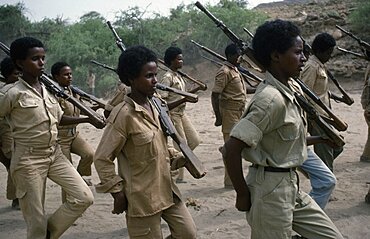Results
1 results found
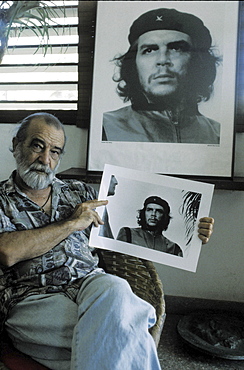
Alberto Korda with a picture of 'Che' Guevara, cuba. The late photographer Korda holding an original copy of his world-famous print of the guerilla leader, taken in 1962
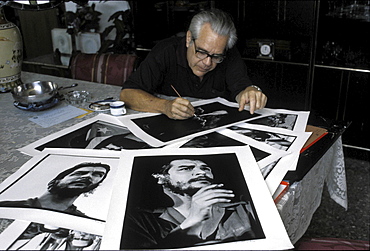
Roberto salas with pictures of 'che' guevara, cuba. The photographer salas looking at his world-famous prints of the guerilla leader, taken in the 1960s

Renovated typical dwelling, also housed guerillas in the War of Independence against France, the Kasbah, UNESCO World Heritage Site, Algiers, Algeria, North Africa, Africa

Che' guevara, cuba. A boy playing the piano in front of an iconic picture of the argentinian guerilla leader
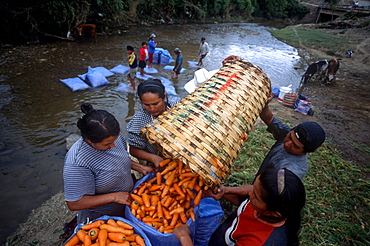
Campesinos wash for market freshly-picked carrots in a river in Los Negros, Bolivia Friday, Nov. 12, 2004. Ernesto "Che" Guevara was captured by the Bolivian army in 1967 in a nearby valley and executed in La Higuera days later. His body was put on public display in the laundry room of the Vallegrande hospital, then secretly buried under the air strip for 30 years. Guevara and fellow communist guerillas were attempting to launch a continent-wide revolution modeled on Guevara's success in Cuba in the late 1950s. The Bolivian government recently began promoting the area where he fought, was captured, killed and burried for 30 years as the "Ruta del Che," or Che's Route.
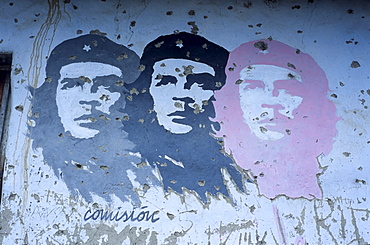
Painted images of Ernesto "Che" Guevara stare from a pock-marked wall in La Higuera, Bolivia, Saturday, Nov. 13, 2004. Guevara was captured by the Bolivian army in 1967 in a nearby valley and executed in La Higuera days later. Guevara and fellow communist guerillas were attempting to launch a continent-wide revolution modeled on Guevara's success in Cuba in the late 1950s. The Bolivian government recently began promoting the area where he fought, was captured, killed and burried for 30 years as the "Ruta del Che," or Che's Route.
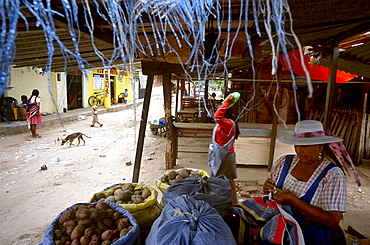
Vendors sell their wares at a street market in El Torno, Bolivia Friday, Nov. 12, 2004. Ernesto "Che" Guevara was captured by the Bolivian army in 1967 in a nearby valley and executed in La Higuera days later. His body was put on public display in the laundry room of the Vallegrande hospital, then secretly buried under the air strip for 30 years. Guevara and fellow communist guerillas were attempting to launch a continent-wide revolution modeled on Guevara's success in Cuba in the late 1950s. The Bolivian government recently began promoting the area where he fought, was captured, killed and burried for 30 years as the "Ruta del Che," or Che's Route.
